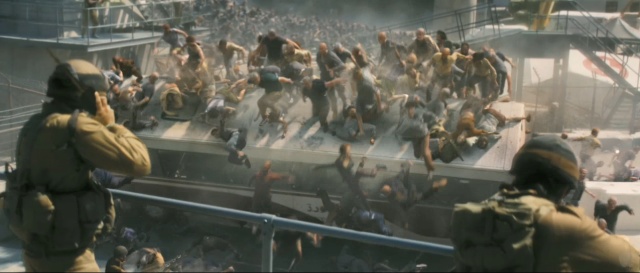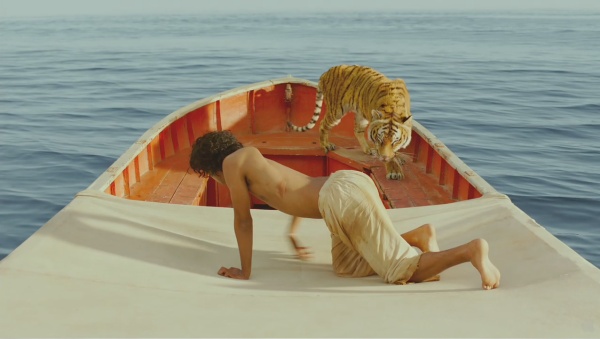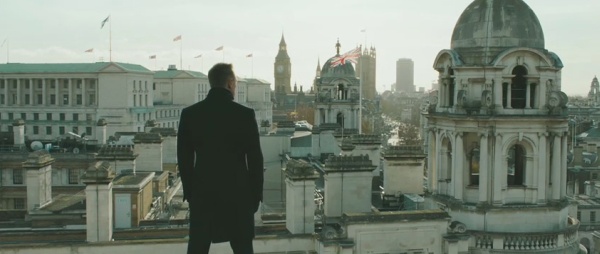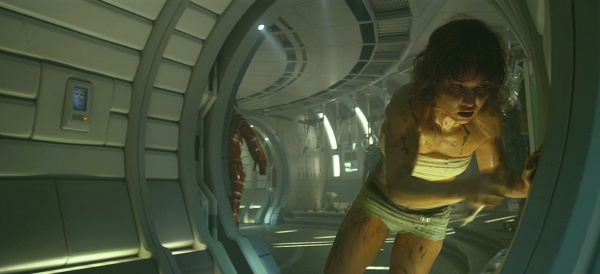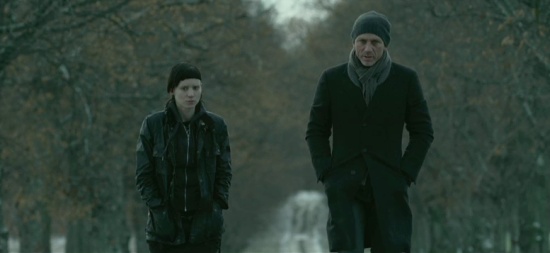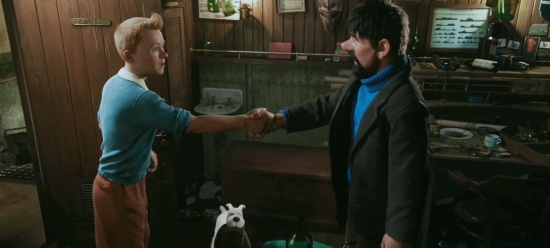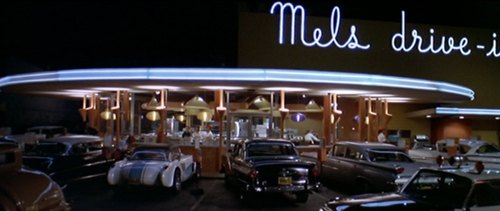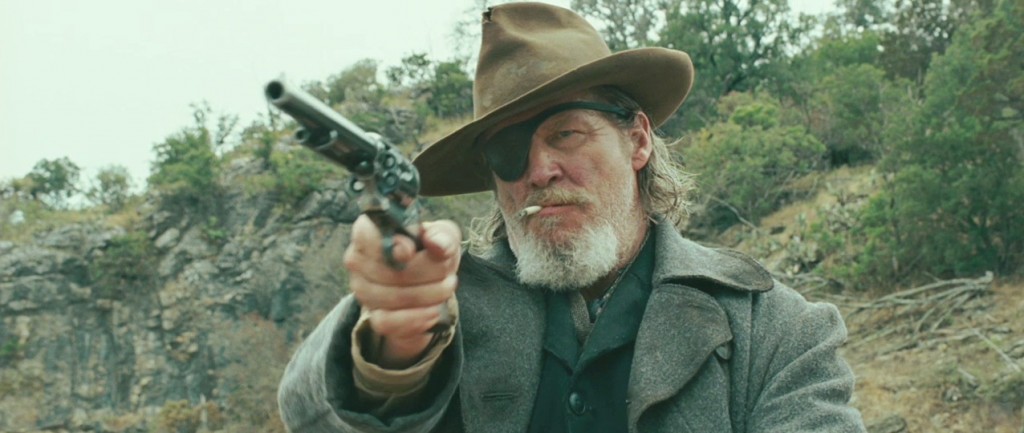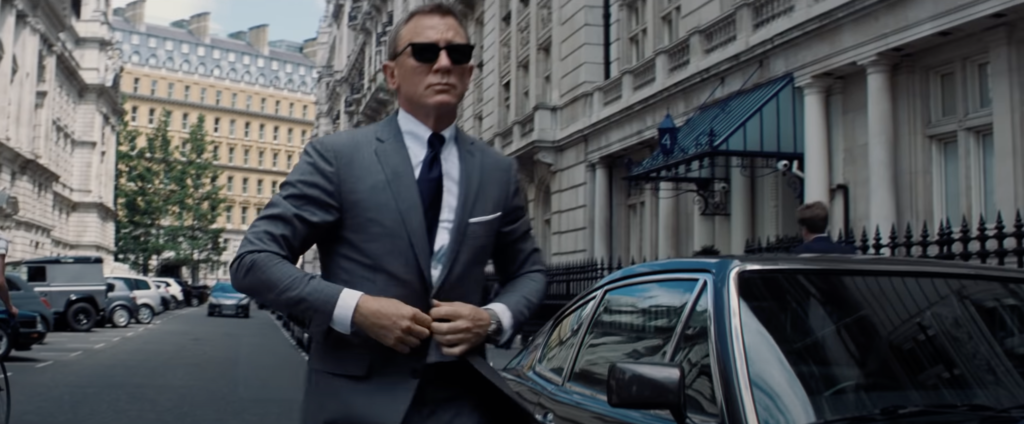
No Time to Die (Cary Joji Fukunaga, 2021)
(This review has very big spoilers for No Time to Die.)
No Time to Die is the 25th in the “official” Bond series started with Dr No in 1962; it is also the final in the Daniel Craig sequence that started in 2004 with Casino Royale. Because Casino Royale explicitly showed us Bond’s first mission, the Craig films established a distinct timeline from the rest of the series, which otherwise always had a loose, ambivalent approach to continuity. (Before this, it was kinda-sorta the same character and universe from film-to-film, even though that involved a stretchy approach to time and some blatant contradictions.) No Time to Die explicitly closes out this separate Craigverse; but it is in dialogue with the entirety of the series. While the film finishes with the customary “James Bond Will Return” subtitle, it would serve as an excellent capper to the venerable franchise. This is, in many senses at once, the ultimate Bond film.
Continue reading